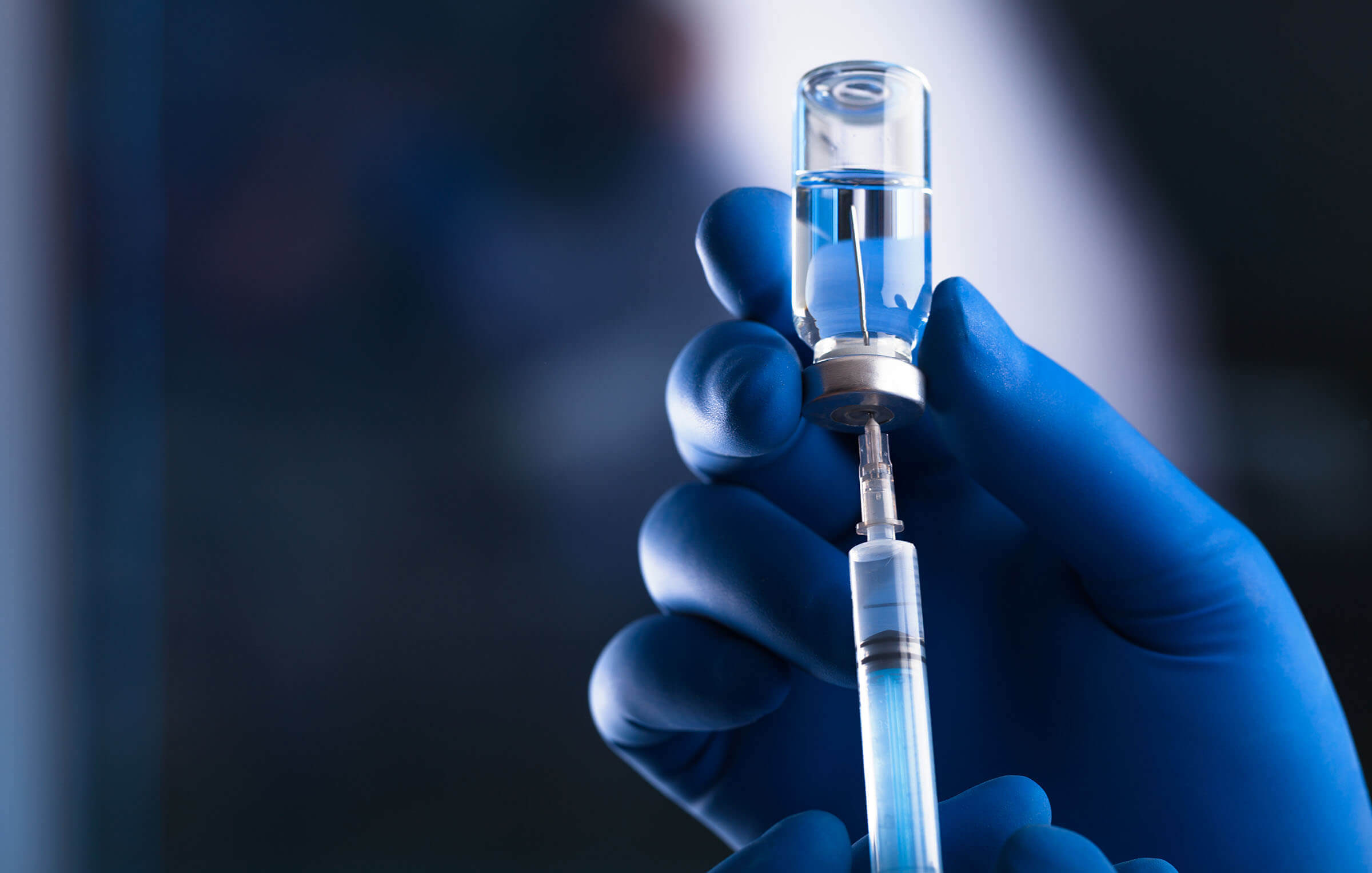A brief review of the recommended usage of Adenosine as covered in an ACLS Recertification course
Overview of Adenosine:
Adenosine is the primary drug used to treat stable tachycardia. This particular ACLS drug is effective because it terminates reentry involving the AV node or sinus node. It is the first drug used in most forms of stable narrow-complex tachycardia, and can also be considered for unstable narrow-complex tachycardia while cardioversion is prepared. Adenosine can also potentially be used in cases of regular monomorphic wide-complex tachycardia that can represent SVT.
Adenosine Dosage:
- The first dose of adenosine is a 6 mg rapid IV push given over one to three seconds. This is followed by an NS flush.
- If needed, a second dose of 12 mg can be administered one to two minutes after. Do note, the dose must be given as a bolus and followed by a flush.
Additional Notes on Adenosine Usage:
- Does not convert atrial fibrillation, atrial flutter, or ventricular tachycardia (VT). However, it can be used as a diagnostic operation to reveal flutter waves in a case of rapid narrow-complex tachycardia
- Possible temporary side effects: flushing, chest pain/tightness, brief periods of asystole or bradycardia, and ventricular ectopy
- Can cause bronchospasm – use caution in asthmatics
For a brief review of all the ACLS medications you should be familiar with, check out the article below. It acts as a great visual reference that will help you study more efficiently and effectively.
Additional ACLS Medications:
Conclusion
eMedCert provides online ACLS, PALS, and BLS certification courses for nurses and health professionals. If you are interested in obtaining your ACLS Certification or Recertification online, visit our website or reach out to our team for questions or more information.
